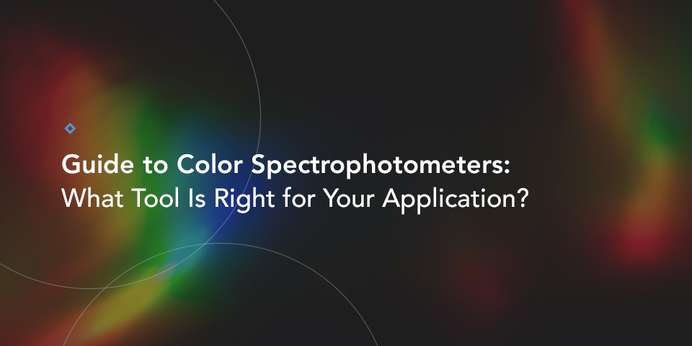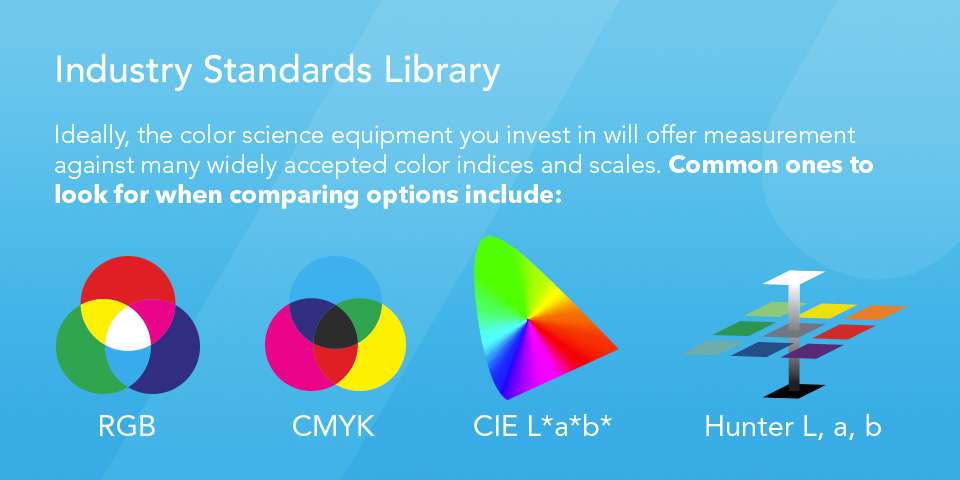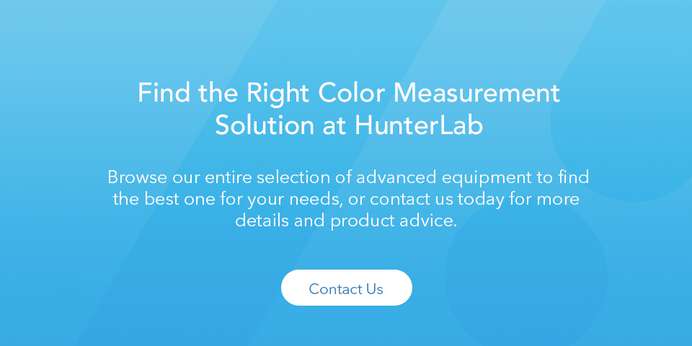
Consumers interpret color consistency as a hallmark of your company's quality and goods' desirability. As a result, color measurement is a critical process in manufacturing across many industries, from food production to plastics and textiles. Spectrophotometers outperform manual comparisons by delivering objective and scientific data that eliminates guesswork and supports consistency. Learning how to choose the right spectrophotometer for your needs helps ensure the most accurate data capture and best value for your investment.
1. Use Your Sample Characteristics as Your Primary Guidance
Modern spectrophotometry is entirely substrate-driven, with specialized solutions available to measure color precisely in samples like tomato products and coffees. As a result, the traits of what you're quantifying color and spectral data in are the bedrock for choosing the right spectrophotometer. Factors to consider include:
Sample Opacity
Spectrophotometers use different measurement geometries and construction designs based on a sample's opacity.
For example, manufacturers generally measure translucent and transparent samples by capturing transmission data. In this design, light passes through the sample to the detectors on the other side, which collect and analyze the data based on the chosen color scale or index.
Conversely, reflectance measurements are ideal for translucent to opaque samples with nonuniform characteristics, like snack foods. These options can feature either directional or diffuse geometries.
Directional 45°/0° and 0°/45° spectrophotometers replicate the way human eyes perceive color with either bidirectional or circumferential light source configurations. This approach is best for ensuring color consistency in samples where surface finishes may vary and impact color perception. Diffuse 8° spectrophotometers equally illuminate from all directions with a spherical light source design, making them perfect for applications whose goal is true color match. These solutions are also compatible with transmittance measurement for translucent and transparent samples, boosting their application versatility.
Sample Cost and Size Requirements
When evaluating which spectrophotometer will most effectively meet your needs, the minimum and maximum sample sizes it can handle are a key consideration.
In industries like chemical processing and pharmaceutical manufacturing, samples can be extremely expensive. The ideal solution will offer the smallest possible sample size minimum to help contain costs. In contrast, some applications call for larger samples for increased measurement accuracy, so you'll want to choose a device with the flexibility to accommodate bigger substrate sizes.
Samples Requiring Simultaneous Data Capture
Quantifying data for other sample aspects like haze is critical to some products. For example, brewers must measure for color and turbidity to ensure consistent quality. Technologically advanced systems can simultaneously capture both measurements for improved efficiency. Similarly, more sophisticated equipment can also provide color and gloss data in a single operation.



